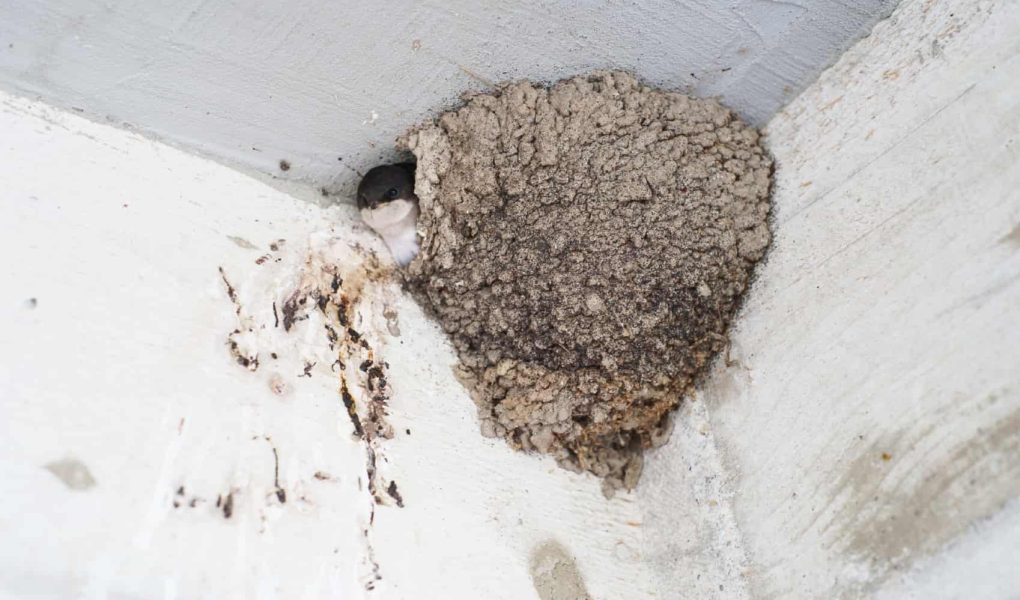A bat nest is a fascinating structure often hidden in plain sight. What does a bat nest look like, you ask? Picture a cozy cluster of dried leaves, twigs, and even bat guano, tucked away in dark corners of caves or buildings. These nests provide warmth and safety for bats during their rest. As we delve deeper into the intricate world of bat nests, we uncover the ingenious architecture and secrets behind these remarkable creations. Join us on this enlightening journey to explore the mysterious realm of what a bat nest truly looks like.
What Does a Bat Nest Look Like: Exploring the Homes of Flying Mammals
Welcome, young naturalists, to a fascinating journey into the mysterious world of bats and their nests! Have you ever wondered where these creatures rest and raise their young? Let’s uncover the secrets of bat nests and discover what they look like up close.
The World of Bats
Before we delve into the details of bat nests, let’s learn a bit about these incredible creatures. Bats are unique mammals that can fly, making them the only true flying mammals on Earth. There are over 1,400 species of bats, ranging from the tiny bumblebee bat to the giant flying fox.
Unlike birds, bats do not build nests out of twigs and leaves. Instead, they seek out sheltered places to roost during the day and rest at night. These roosting sites can vary from caves and hollow trees to man-made structures like buildings and bridges.
Types of Bat Nests
While bats don’t construct nests in the traditional sense, they do have specific preferences when it comes to their roosting sites. Let’s explore the different types of bat nests you might encounter:
1. Caves and Crevices
Many bat species prefer to roost in caves, tunnels, and crevices where they can hang upside down from the ceiling. These natural structures provide bats with protection from predators and the elements.
2. Trees and Foliage
Some bats make their homes in hollow trees or under loose tree bark. They may also roost in dense foliage, using leaves and branches as cover. These tree-dwelling bats are often found in forests and woodlands.
3. Buildings and Structures
Urban environments offer a wealth of roosting opportunities for bats. Old buildings, bridges, and even attics can become bat habitats. Bats may squeeze into small cracks and crevices or find shelter in the eaves of buildings.
Characteristics of Bat Nests
While bat nests may not look like the cozy homes of other animals, they serve an essential purpose for these nocturnal creatures. Let’s explore some common characteristics of bat nests:
1. Dark and Sheltered
Bats prefer dark, sheltered spaces for their nests to mimic the conditions of a cave or a tree hollow. This helps them stay safe from predators and maintain their body temperature.
2. High and Hidden
Bats often choose roosting sites that are high off the ground and hidden from view. This vantage point allows them to take flight easily and remain out of sight from predators.
3. Cluttered and Cozy
Inside a bat nest, you might find a cluttered mess of guano (bat droppings), regurgitated food, and bits of debris. While it may not sound pleasant to us, this messy environment provides insulation and a sense of security for bats.
Identifying a Bat Nest
So, how can you tell if you’ve stumbled upon a bat nest? While bats are excellent at hiding their homes, there are a few signs to look out for:
1. Guano
One telltale sign of a bat roost is the presence of guano. Bat droppings are often scattered around the roosting site and can accumulate in significant amounts over time.
2. Stains and Smells
Bat nests may emit a distinct odor due to the accumulation of guano and urine. Look for dark stains on walls or ceilings, as these could indicate a nearby bat roost.
3. Nocturnal Activity
If you observe bats flying in and out of a particular location at dusk or dawn, chances are you’ve found a bat nest. Bats are creatures of the night, so their activity is most prominent during twilight hours.
Protecting Bat Nests
As budding wildlife enthusiasts, it’s essential to respect and protect bat nests in their natural habitats. Here are a few ways you can help conserve these remarkable creatures:
1. Preserve Natural Habitats
By conserving forests, caves, and other natural habitats, we can ensure that bats have suitable roosting sites to call home.
2. Avoid Disturbing Roosting Sites
If you come across a bat nest, maintain a safe distance and refrain from disturbing the bats. Remember, these animals play a vital role in our ecosystem.
3. Spread Awareness
Educate others about the importance of bats and their nests. By raising awareness, we can foster a deeper appreciation for these often misunderstood creatures.
Exploring the world of bat nests has been an enlightening journey. From dark caves to urban buildings, bats have adapted to a variety of roosting environments. Remember, these remarkable creatures play a crucial role in our ecosystems, so let’s do our part to protect and preserve their homes.
Next time you gaze up at the night sky, think about the mysterious world of bats above you and the hidden nests where they rest and raise their young. Happy bat watching, young naturalists!
Thank you for joining me on this adventure into the fascinating world of bat nests. May your curiosity continue to soar like a bat in the moonlit sky!
Hundreds Of Bats Hide In Roof || ViralHog
Frequently Asked Questions
What are the characteristics of a bat nest?
A bat nest is typically found in dark, secluded areas such as caves, attics, or tree hollows. It can appear as a cluster of dried leaves, twigs, fur, and guano (bat droppings) held together by the bat’s saliva, forming a loose structure.
How can you identify a bat nest in your home?
To identify a potential bat nest in your home, look for accumulations of droppings, dark staining on walls or ceilings, and a musty odor. You may also notice bat activity at dusk near entry points, such as vents or gaps in the roof.
What distinguishes a bat nest from other animal nests?
A bat nest differs from other animal nests in its construction materials and location. Bat nests are often made of organic matter like leaves, fur, and guano, and are commonly located in high, sheltered places to protect the bats from predators.
Final Thoughts
In conclusion, a bat nest is typically a dark, secluded spot where bats roost during the day. These nests can be found in caves, trees, or buildings. They are often made of materials like twigs, leaves, and bat guano. If you’re wondering what a bat nest looks like, it may appear as a clump of hidden materials in a sheltered area. Familiarizing yourself with the characteristics of bat nests can aid in identifying potential roosting spots and addressing bat infestations promptly.




